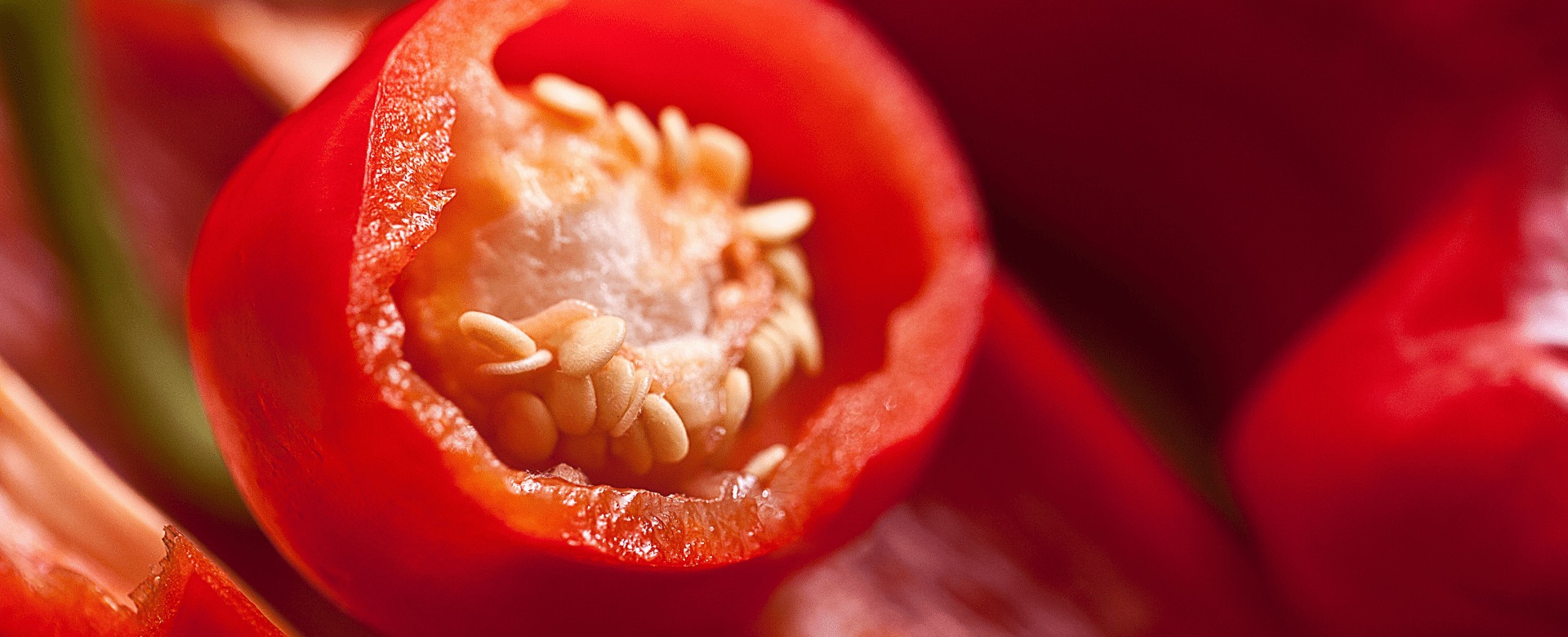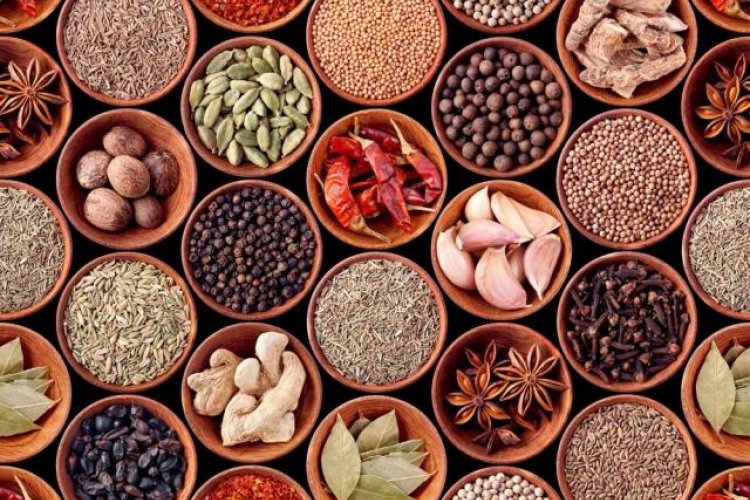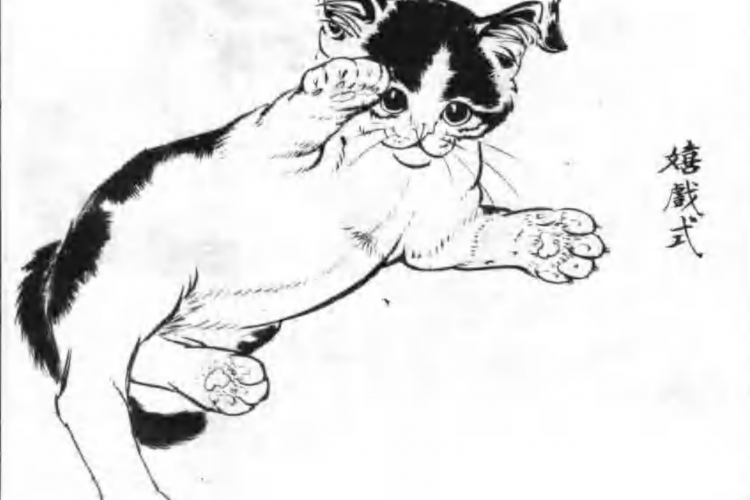When the Spice is Right: What La Is this La?
Even though the chili pepper is not native to China, Chinese restaurants have still managed to build a world-renowned reputation for spicy flavors thanks to their creative use of this little red grenade. However, a mere one word – spicy – is nowhere near enough to describe the diverse and dazzling culture that is China's spicy culinary arts. So before you head to this year’s Hot & Spicy Fest, May 15-16 at Instreet, it's best to brush up on some classic characteristics and vernacular of China's spicy flavors.
Scan to get your Early-Bird Tix for Hot & Spicy Fest 2021 now!

微辣 wēi là
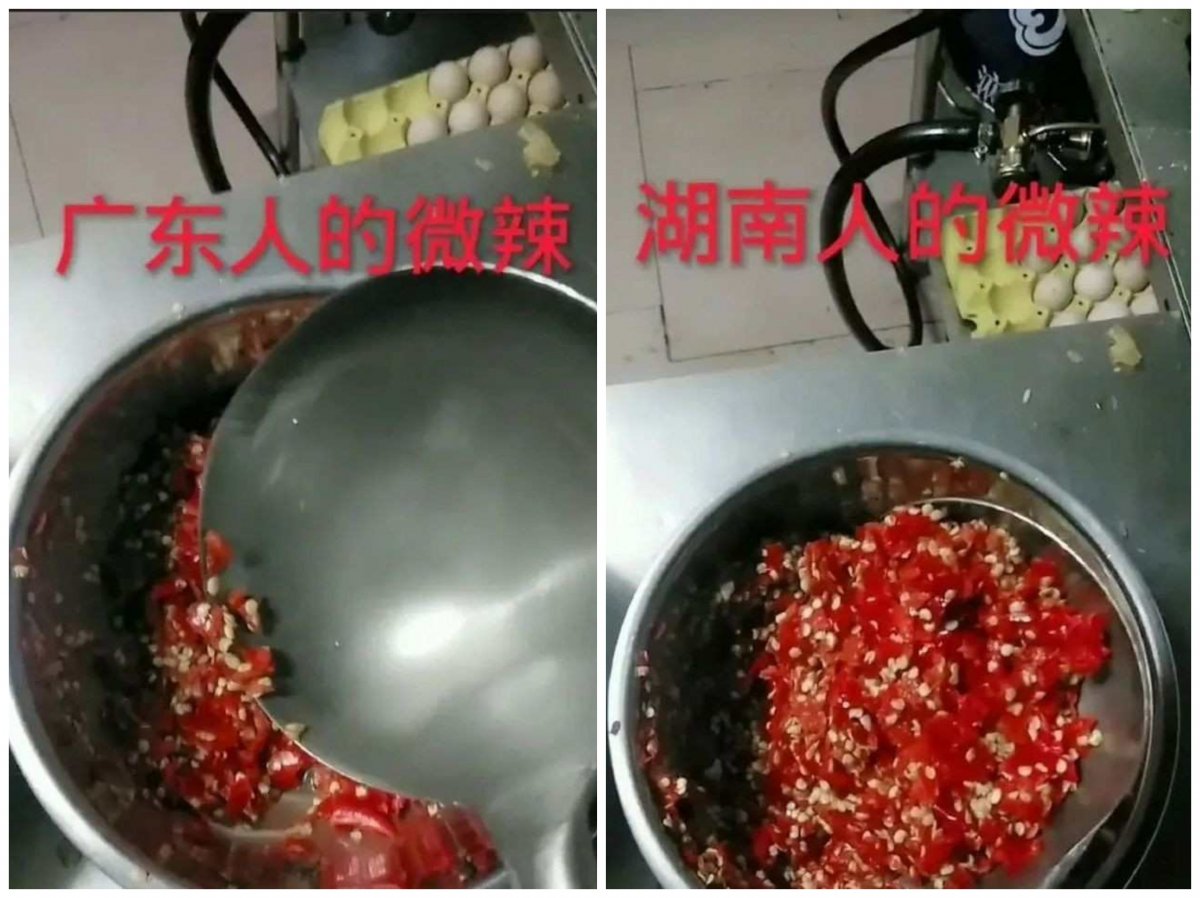
Quite possibly the most common refrain when going to a restaurant with spicy dishes, however, as many of us have figured out – sometimes the hard way – notions such as "a little bit spicy" can vary drastically from region to region. In some provinces, people treat the chili pepper as a vegetable or a snack, while in others a waiter or waitress will confidently state that “this is not spicy at all," even if the entire dish is covered in chilies because they merely serve as decoration. On the other hand, in Chengdu, I can still vividly recall the shock I experienced as a kid when I discovered that they don’t even have non-spicy flavored instant noodles.
麻辣 málà

When it comes to Szechuan cuisine, the famed Szechuan peppercorn is equally as important as the chili, and together these two spicy mischief-makers rule the kingdom. The peppercorn in particular is an amazing little spice packed with powerful magic that brings a tingling sensation to every dish it touches and a satisfying numbness to every mouth. There are also numerous varieties and ways to use it: you can either grind up the red ones to make a more authentic mapo tofu, or add the green ones – twigs and all – to a fish fillet. Pro tip: Boil the peppercorns or extract its essence using oil, then pour it over fresh ingredients for that heavenly sizzling sound and aromatic fragrance.
香辣 xiāng là

As one of China's largest consumers of peppers, folks in Hunan still think their dishes aren't overwhelmingly spicy and claim they care more about the aroma, rather than the spiciness, of the food. Honestly speaking, it may be true. Since many of their dishes combined assorted spices, herbs, and sometimes nuts to strike a balance and cut through an otherwise fiery flavor. Crunchy fried peanuts, rich and savory fermented bean paste, and other ingredients come together in a harmonious yet still spicy symphony.
酸辣 suān là

You can’t leave people who reside on the southwest border out when drawing the spiciness map of China. Thanks to its diverse ethnic demography and unique culinary legacy, the sour and spicy dishes are quite different from what you'll find in the rest of China, where people tend to use vinegar for added acidity such as in 酸辣粉 suān là fěn spicy and sour vermicelli noodle. People from Yunnan and Guizhou turn to fermented ingredients to add more depth to their dishes. The traditional Guizhou sour broth is made from rice soup or marinated tomatoes which ensures their spicy dishes are refreshing even on humid days. And in Yunnan, it is common to see local people dip fruits like pineapple or mango into chili powder as a snack, reminiscent of spicy fruit cups in Mexico.
糊辣 hú là
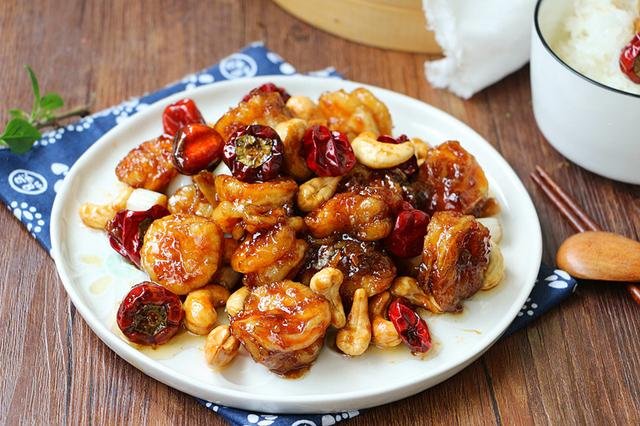
Less common a category, since it requires the chef to be detail-oriented and know their chilies and wok like the back of their hand. The smoky spicy dish got its name from the chopped dry chilies which are fried even drier and near the point of burning, while the main ingredients are usually tender and benefit from a quick stir fry. The contrast between the crispy smoky chilies and juicy protein has seduced countless diners, and its special scent can make mouths water from meters away. Technically, authentic Kong Pao Chicken should fall into this category.
爆辣 bào là
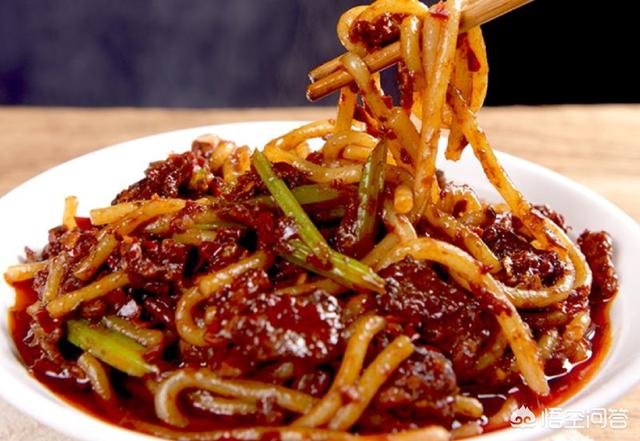
Not a typical flavor profile, however, it's appearing more and more frequently thanks to internet celebrities challenging themselves (or their butts, to be more specific). When it comes to the menu, you may see it in some Xinjiang restaurants featuring extra spicy fried rice noodle, which was only invented a few decades ago when workers from Guizhou brought both their manpower and rice noodle and chilies to the hinterlands of Xinjiang. Soon after, this dish put down roots and became a local delicacy and point of pride for the people of Xinjiang.

However, when it comes to which provinces eat the spiciest food, even Szechuang and Hunan residents may point east to Jiangxi, a relatively low-key province. In fact, there's even a proverb that goes, "四川人不怕辣,贵州怕不辣,湖南人辣不怕,江西人笑笑不说话 sìchuān rén bùpà là, guìzhōu pà bù là, húnán rén là bùpà, jiāngxī rén xiào xiào bù shuōhuà Szechuang people are not afraid of the spicy dishes, Guizhou people are afraid of the dish that is not spicy enough, no matter how spicy a dish is Hunan people are never afraid, and when they argue who is tough, Jiangxi people just laugh.” You can hardly find green pepper in their regional cuisines, save for a dish called 辣椒炒辣椒 làjiāo chǎo làjiāo chili pepper fried with pepper, since it is the only way to spice the weak green pepper up.
Whew, even though there are still plenty of spicy flavor patterns out there, I think I will call it a day, otherwise, I am going to run out of napkins for wiping my sweat and saliva.
Read: HOT and Fresh: The New Venues Coming to the 2021 Hot & Spicy Fest
Images: Acfun, Tencent, 99ranch, 看看云南, Canva, Sina, GIFSec, Wukong

